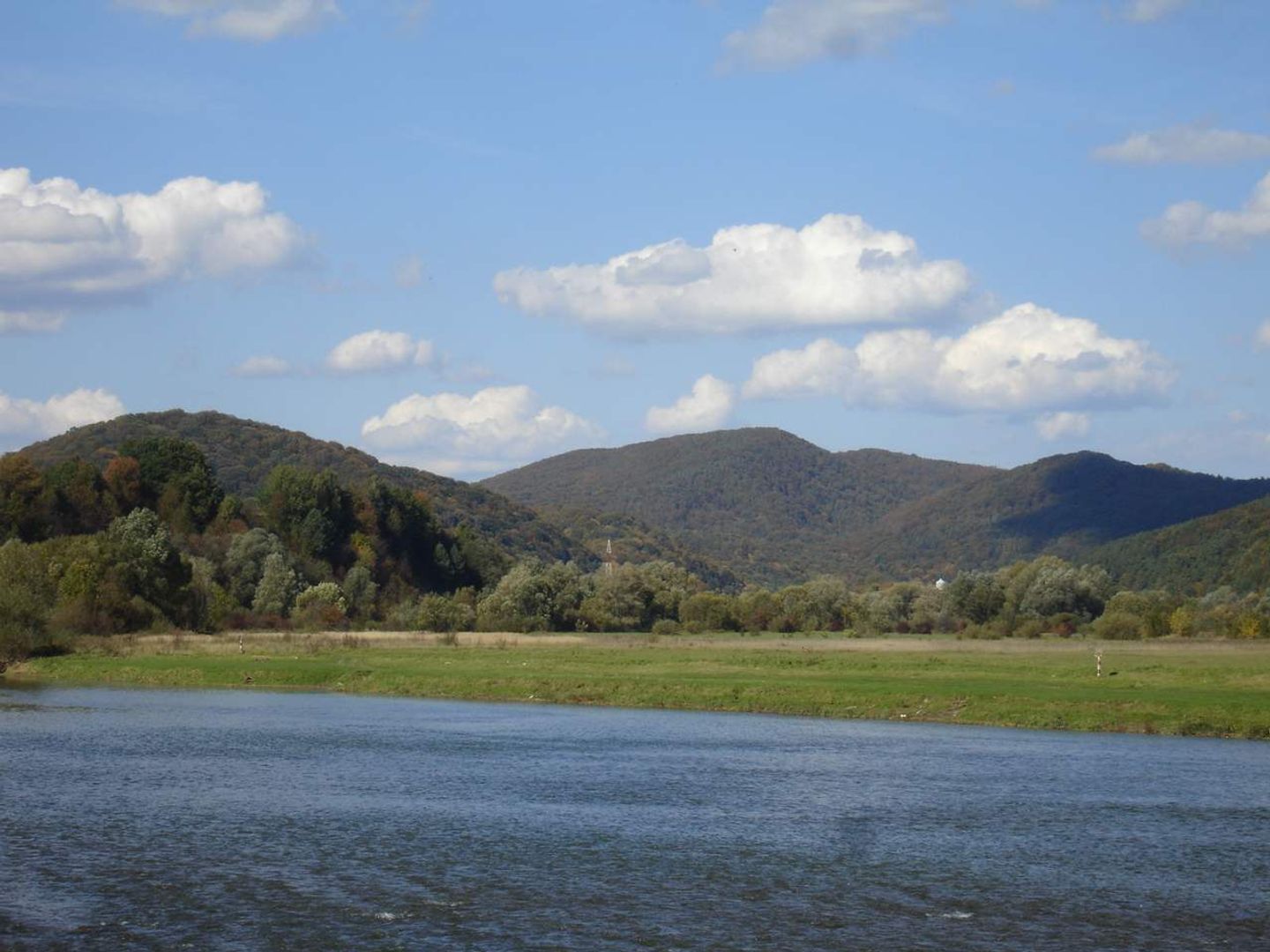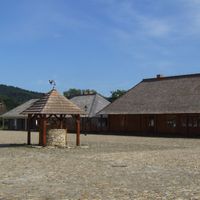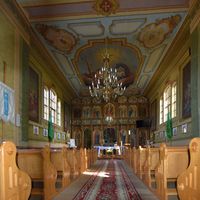Sanok County
7.4

Overview
The Sanok County is located in the southeastern part of the Podkarpackie Voivodeship, with its seat in the city of Sanok. Established in 1999 as part of the administrative reform, the county borders the Lesko County to the east, the Slovak Medzilaborce district to the south, and the Krosno County to the west. According to data from 2020, the county was home to approximately 94,000 people. It comprises urban, urban-rural, and rural municipalities, as well as the cities of Sanok and Zagórz. The history of the county dates back to the partitions of Poland, when it was administratively divided into numerous municipalities. During the interwar period (Second Polish Republic), the county had a significant ethnic population, which changed due to wartime events and government policies. It is worth noting that throughout history, Sanok County suffered enormous losses, particularly during the struggles with the armed Ukrainian underground between 1944 and 1947, which resulted in the destruction of many villages and towns. Sanok County also boasts rich architectural resources, with numerous historical monuments, including the Sanok Castle and Greek Catholic churches. The county's culture is diverse, with strong influences from both Polish and Ukrainian traditions. The Roman Catholic and Greek Catholic churches are active in the region, highlighting its multicultural character. Interestingly, Sanok County features numerous traces of ancient settlements, as well as natural treasures such as the Bieszczady forests, which attract tourists. Since 2018, the starost (head) of the county has been Stanisław Chęć, and the region is also home to numerous religious minorities, including Evangelicals and Jehovah's Witnesses. Thus, Sanok County is a place with a rich history, multicultural heritage, and attractive natural features, making it an interesting point on the map of Poland.
Location
You can also find here:

Sanok
8.44
Sanok II Deanery

Galician Market Square
8.22
Sanok

The Museum of Folk Architecture in Sanok
8.21
Sanok

The Bukowskie Foothills
8.05

Zagórze Barefoot Carmelite Monastery
8.01
Sanok II Deanery

Przemyśl Foothills
7.37

Sanok Historical Museum
7.31
Sanok

The Parish of the Transfiguration of the Lord in Sanok
7.24
Sanok

St. Nicholas Church in Dobra Szlachecka
7.18
Sanok I Deanery

Komańcza
7.12
2025 Wizytor | All Rights Reserved